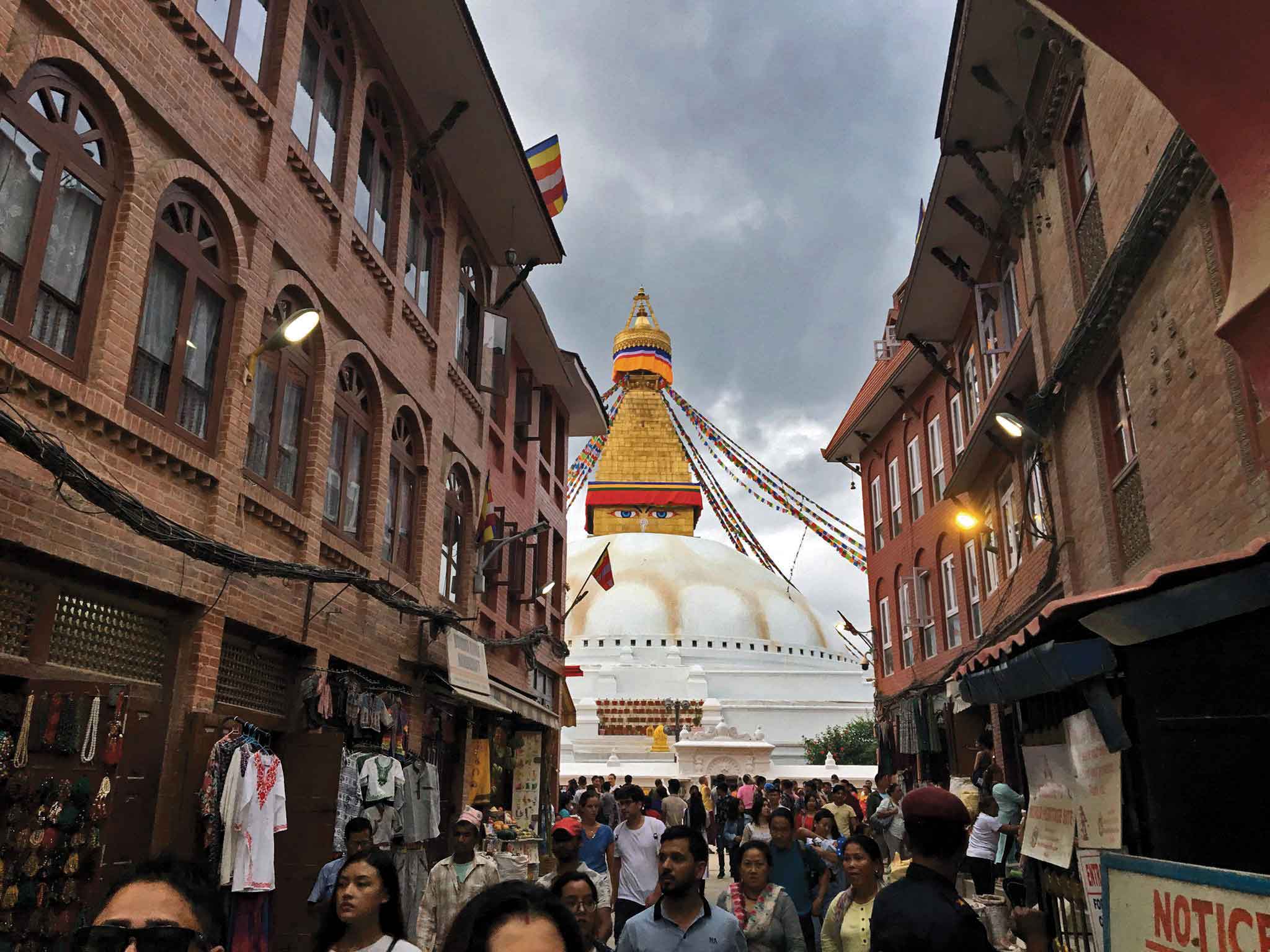To the remote jungle hermitage of a renowned meditation master in Sri Lanka come a young American monk looking for a fast track to liberation, an overweight middle-aged Sri Lankan monk obsessed with the plays of Shakespeare, a second American monk who alternates his time in monasteries with time in a psychiatric ward, a young Sri Lankan woman trying to trap the “temple boy” (who tries to figure himself out by reading existential literature) into marriage, and finally a disturbingly attractive American nun seeking the perfect teacher.
What none of them knows is that the meditation master, so highly respected that he is rumoured to be an arhat, is himself beset with self-doubts and has a habit of tying his mind in knots with philosophical speculation.
The sight of a Theravada monk with his begging bowl and enigmatic look of inner peace is familiar to anyone who has been to Sri Lanka, Burma or Thailand. The mental turmoil beneath the placid exterior, however, will be a surprise. Since the author of this novel is a former monk who now teaches meditation, the situations and characters which are based on his own experiences have a touch of reality about them.
Despite its unpromising title, Seeking Nibbana in Sri Lanka is an absorbing book with several subplots running through it, not unlike a Shakespearean comedy. It succeeds as a novel because, in spite of its strong theme—“What is nibbana (Pali for nirvana) and is it obtainable?”—it is driven by its collection of eccentric characters and their stories, and includes some wonderful comic moments.
An interesting revelation is just how much monks think about food. Theravada monks are only allowed to eat between sunrise and noon, so they always go to bed hungry. While those in well-established monasteries are well supplied in the mornings by lay-people, there are particular problems in a jungle hermitage, especially when the rules about who can be served by whom are taken into consideration. Late meals and skipped meals are a matter of grave concern to all except the meditation master, and even he once puts off the discussion of a student’s meditation experience with a gruff “After breakfast”. The minds of lesser monks dwell endlessly on the quantity and quality of what they will find to eat in their begging bowls. The central character once even hopes that his meditation has brought him an important attainment, so that he “could now return to his home monastery, where meals are served on time.”
Most English readers in Nepal will be far more familiar with Mahayana and Vajrayana Buddhism than with Theravada Buddhism. But since the 1920s there has been an important Theravada movement among the Newars, and to anyone who is interested, this novel can serve as a useful and entertaining introduction to this older and starker form of Buddhism. Readers might also be surprised at some of the similarities between the different schools. An example is the importance in Theravada of the phrase “path and fruit” (maggaphala in Pali) which I had associated with the Sakya School of Tibetan Buddhism.
There are a few quibbles. Tense shifts, from past to present, which can be useful if used sparingly, are a little overdone, though perhaps if the book is read aloud as intended, this would be less noticeable. A glossary would also have been useful, for though most Pali terms are explained, sometimes in several different ways, I found that I had to keep turning back to the explanations.
But these objections are trivial. In addition to being a book from which the reader can take away something useful, Seeking Nibbana in Sri Lanka, is a well-written novel peopled by interesting characters who all have unusual stories. Anyone interested in Buddhism, thinking of travelling to a Theravada country, or who just likes a good tale well-told, is sure to enjoy it.
Published by Vajra Publications, Kathmandu, 2008. 362pp. NRs 1300
The reviewer, Scott Berry, can be contacted at naoscott44@hotmail.com.

Seeking spirituality through Rudraksha: Mystical beads and their importance
Rudraksha, a seed that comes from Elaeocarpus ganitrus, is used extensively in Hindu culture and by...










